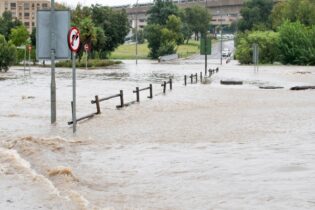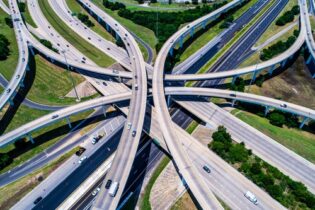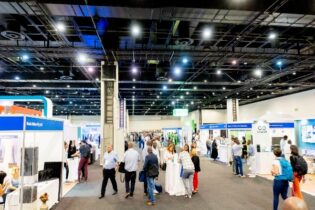A new infrastructure programme to transform the country’s cities was officially launched on Friday.
Officiating at the event in Kempton Park, Co-operative Governance and Traditional Affairs Minister Richard Baloyi said the objective was to turn major cities into sustainable human settlements. Another aim was to integrate public transport with urban planning. The programme is officially known as Strategic Integrated Infrastructure Project 7 (SIP7). It is one of 17 programmes approved by Cabinet earlier this year, each with a different focus area of infrastructure. “The implementation of this programme over the next 20 years will not only change this country’s landscape, it will create much needed jobs,” Baloyi told reporters. It would also expand service delivery in the country and develop skills in engineering and project management. A five-year roadmap and implementation plan would be developed. “The train has taken off. Let’s all be on it,” he said. Economic Development Minister Ebrahim Patel said: “This is about placing infrastructure at the heart of urban planning, development and growth.” Infrastructure projects should also unlock value, and further economic development, to drive industrialisation.Investing in infrastructure could also support manufacturing. Expanding local steel manufacturing would be vital in ensuring construction projects had sufficient steel supplies, Patel said.
The new programme brought together several initiatives in various cities, including rail service improvements. Some of these, such as Johannesburg’s bus rapid transport system, were already underway. Lucky Montana, head of the Passenger Rail Agency of SA (Prasa), said 42 percent of South Africans lived in the twelve largest urban areas, including Johannesburg, Tshwane, Ekhurhuleni, Cape Town, Ethekwini, Mangaung, Nelson Mandela Bay, and Buffalo City. Mbombela, Rustenburg, Polokwane, and Msunduzi are the remaining four areas. In the next two decades, 70 percent of South Africa’s population would live in these areas. These cities already accounted for 70 percent of the GDP. “We need to ensure that we deliver infrastructure that is able to meet our needs for the next 20 years,” he said. Prasa is the supporting parastatal for the programme. Passenger rail services, and other forms of public transport, lay at the heart of the programme, which co-ordinated several initiatives at a city level. Some of these initiatives, such as the replacement of all train signalling equipment in Gauteng, were already underway, said Montana. Prasa planned to expand rail links to underserved communities, such as Motherwell outside Port Elizabeth.





